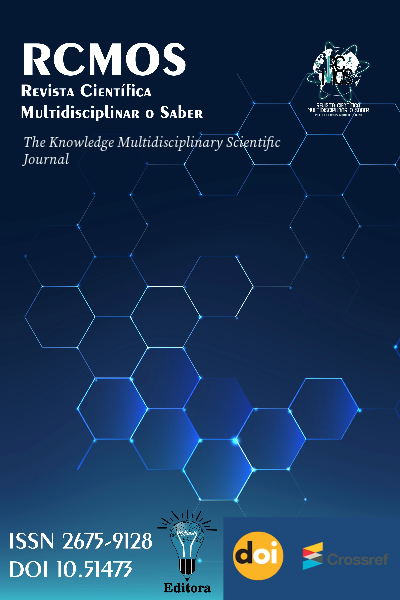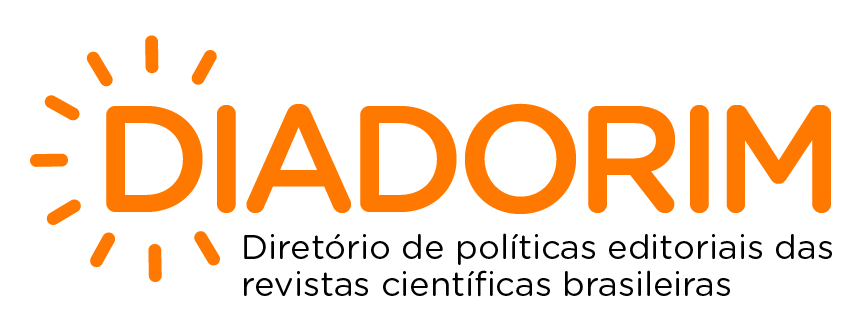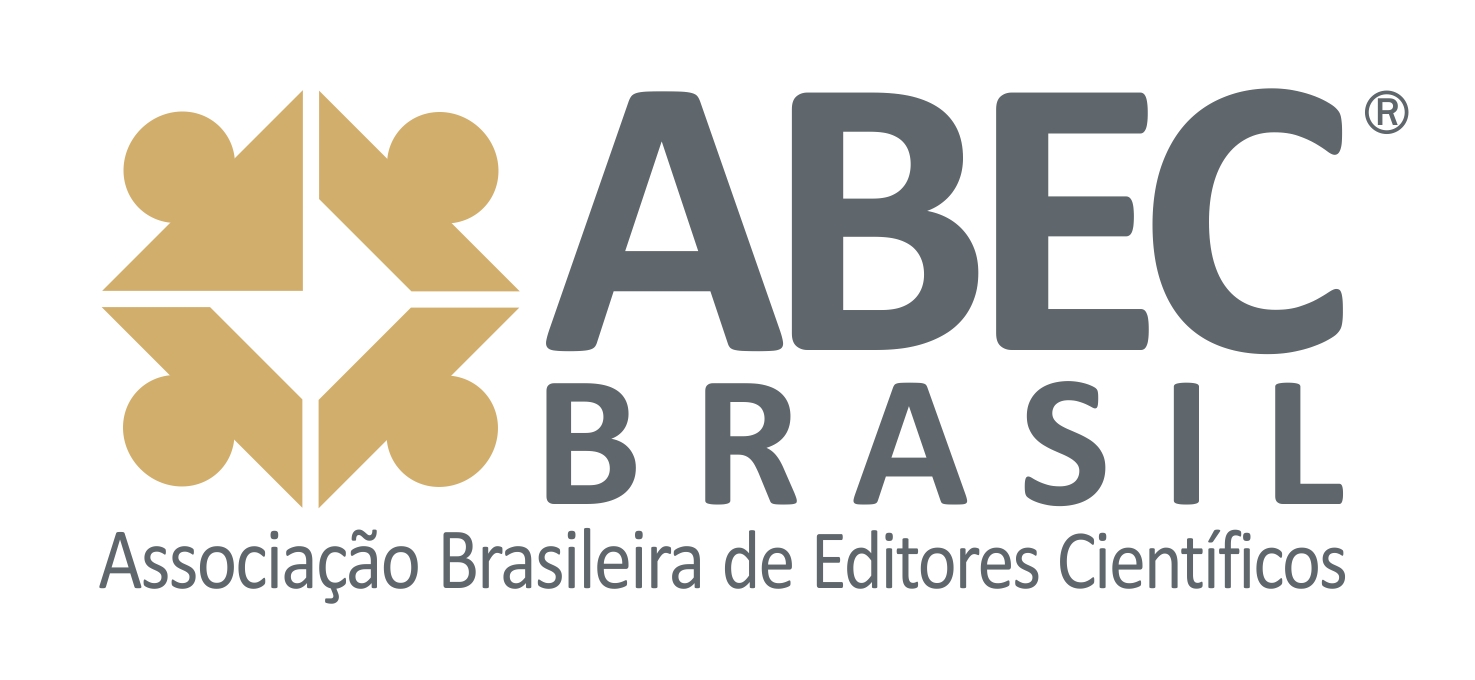PLAY UNDER THE FUNCTIONAL APPROACH AND CONTRIBUTIONS OF THE THEORY OF MIND
DOI:
https://doi.org/10.51473/rcmos.v1i1.2024.460Keywords:
Social interaction. Functional Play. Children with ASD. Human developmentAbstract
The present work aims to present the play of play under the functional approach and the possibilities of
development from the social interaction of children with Autism Spectrum Disorder (ASD) during early
childhood. The characteristics of TEA and the intervention of play for social development, as well as
the conceptual differences between games, toys and games, and the importance of the mediator in the
relation of play are presented. In order to carry out this study, we started with a bibliographical research,
with contributions in studies and contributions of authors who defend play as a stimulating resource to
facilitate human development in the social aspect, relating to the influences of the historical and cultural
context. In this sense, it was possible to perceive the contribution of play under the functional approach
and the possibilities of development in the social interaction of children with autism spectrum disorders.
Downloads
References
APA - American Psychiatnc Association. Manual diagnóstico e estatístico de transtorno: DSM-5. Trad. MIC Nascimento et al. revisão técnica: AV Cordioli, et al. Porto Alegre: Artmed, 2014.
BARON-COHEN, S., LESLIE, AM., FRITH, U. Does the autistic child have a ‘Theory of mind’? Cognition, 1985, 21, 37-46. DOI: https://doi.org/10.1016/0010-0277(85)90022-8
BERTOLDO, JV; RUSCHEL, MA de M. Jogos, Brinquedo e Brincadeira: Uma Revisão Conceitual. 2011.
BEYER, HO. A Criança Com Autismo: Propostas De Apoio Cognitivo A Partir Da Teoria Da Mente. In: Baptista Et Al (2002). Autismo e educação: reflexões e propostas de intervenção. Porto Alegre: Artmed, 111-125.
BONTEMPO, E. A brincadeira de faz-de-conta: lugar do simbolismo, da representação, do imaginário. In: KISHIMOTO, TM. (Org.). Jogo, brinquedo, brincadeira e educação. São Paulo: Cortez, 1996. p. 57-72.
BUTTERWORTH, G. Origens da mente na percepção e na ação. In: C. Moore & PJ. Dunham (ed.), Atenção conjunta: suas origens e papel no desenvolvimento (p. 29-40).
Hillsdale, NJ: Lawrence Erlbaum Associates, 1995.
CAIXETA, L; NITRINI, R. Teoria da Mente: uma revisão com enfoque na sua incorporação pela psicologia médica. Psicologia: Reflexão e Crítica, 2002, 15(1), p. 105-112. DOI: https://doi.org/10.1590/S0102-79722002000100012
CUXART, F. El Autismo: Aspectos Descriptivos Y Terapéuticos. Málaga: Aljibe, 2000.
FREITAS, ABF. O espectro autista no contexto institucional: aspectos constitutivos do desenvolvimento. Revista de Psicopedagogia, São Paulo, v. 25, n. 76, p. 49-61, 2008.
GÓES, MCR. Relações entre desenvolvimento humano, deficiência e educação: contribuições da abordagem histórico-cultural. In: OLIVEIRA, MK.; SOUZA, DT.; REGO, TC. (Org.). Psicologia, educação e as temáticas da vida contemporânea. São Paulo: Moderna, 2002.
GÓES, MCR.; LEITE, A. I. P. Cognição e imaginação: a elaboração do real pela criança e as práticas de educação infantil. In: ENCONTRO INTERNACIONAL LINGUAGEM, CULTURA E COGNIÇÃO, 2., 2003, Belo Horizonte. Anais... Belo Horizonte: UFMG, 2003.
KEEN, D., RODGER, S., DOUSSIN, K., & BRAITHWAITE, M. A pilot study of the effects of a social-pragmatic intervention on the communication and symbolic play of children with autism. Autism, 2007, 11(1), 63-71 DOI: https://doi.org/10.1177/1362361307070901
HAPPÉ, F. Autism: An Introduction To Psychological Theory. East Sussex, Uk, Psychology Press, 1998.
LEONTIEV, AN. Linguagem, desenvolvimento e aprendizagem. 8. ed. São Paulo: Ícone, 2003.
LESLIE, AM. Pretense and Representation: the origins of Theory of Mind. Psychological Review, 1987, 94(4), 412-426. DOI: https://doi.org/10.1037//0033-295X.94.4.412
MORAIS, MS., & OTTA, E. Entre a serra e o mar. In AMA. Carvalho, & CMC. (Org.), Brincadeira e cultura: viajando pelo Brasil que brinca (v. 2) (p. 127-154). São Paulo: Casa do Psicólogo, 2003.
PAPIM, AAP; SANCHES, KG. Autismo e Inclusão: levantamento das dificuldades encontradas pelo professor do atendimento educacional especializado em sua prática com crianças com Autismo. Faculdade de Pedagogia. Unisalesianos de Lins-SP, 2013.
PASSERINO, LM; SANTAROSA LMC: Descobrindo Emoções: software para estudo da teoria da mente em sujeitos com autismo. Novas Tecnologias na Educação. V. 3 Nº 1, Maio, 2005. DOI: https://doi.org/10.22456/1679-1916.13728
PELLEGRINI, AD.; BJORKLUND, DF. The ontogeny and phylogeny of children’s object and fantasy play. Human Nature, 2004, 15(1), 23-43. DOI: https://doi.org/10.1007/s12110-004-1002-z
TREVARTHEN, C. Origens da identidade musical: evidências da infância para a consciência social musical. In: Hargreaves et al (Ed.) Identidades musicais. Oxford: Oxford University Press, 2004, cap. 2, p. 21-38.
WILLIAMS, E; REDD, V; COSTALL, A. Olhando mais de perto o brincar funcional em crianças com autism. Jornal de Autismo e Transtornos do Desenvolvimento. V. 31, N. 1, 2001.
VIGOTSKI, LS. A construção do pensamento e da linguagem. São Paulo: Martins Fontes, 2000.
VIGOTSKI, LS. A formação social da mente: o desenvolvimento dos processos psicológicos superiores. 7.ed. São Paulo: Martins Fontes, 2007.
Downloads
Additional Files
Published
Issue
Section
Categories
License
Copyright (c) 2024 Lena Cláudia Fagundes Teixeira (Autor/in)

This work is licensed under a Creative Commons Attribution 4.0 International License.












